TIDAL vs Spotify: Which music streaming service is right for you?
TIDAL

TIDAL offers best-in-class audio playback, while finally expanding its music library over the years. And there is the added benefit of artist exclusives along with high-definition music videos.
TIDAL
Spotify
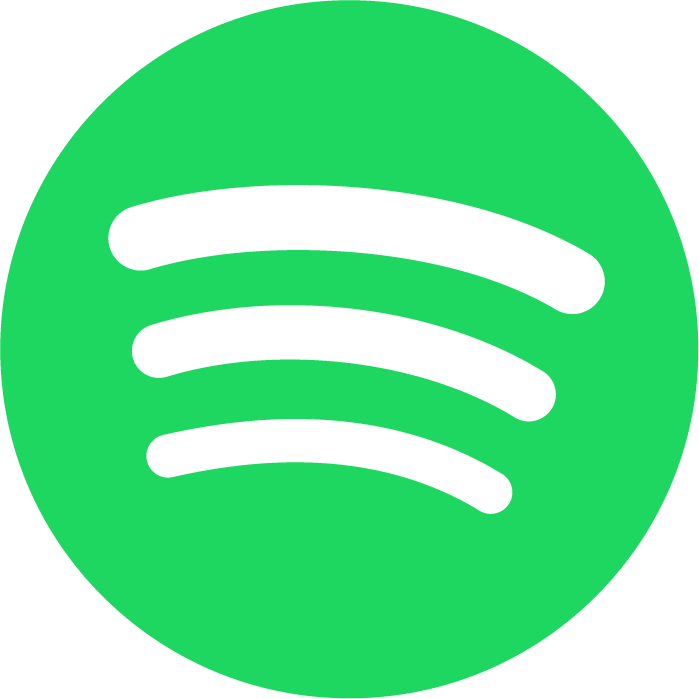
Between the "Made for" Mixes and ability to get the best experience without paying more, Spotify is the best for just about everyone. Although audio quality tops out at just 320 kbps, this will be just fine and you may not notice much of a difference most of the time.
Spotify
Spotify has been in the streaming game for some time, while TIDAL struggled to find its footing. As the years have passed, both have taken steps forward and back in a world of streaming services that aim to please specific audiences.
HiFi vs Regular
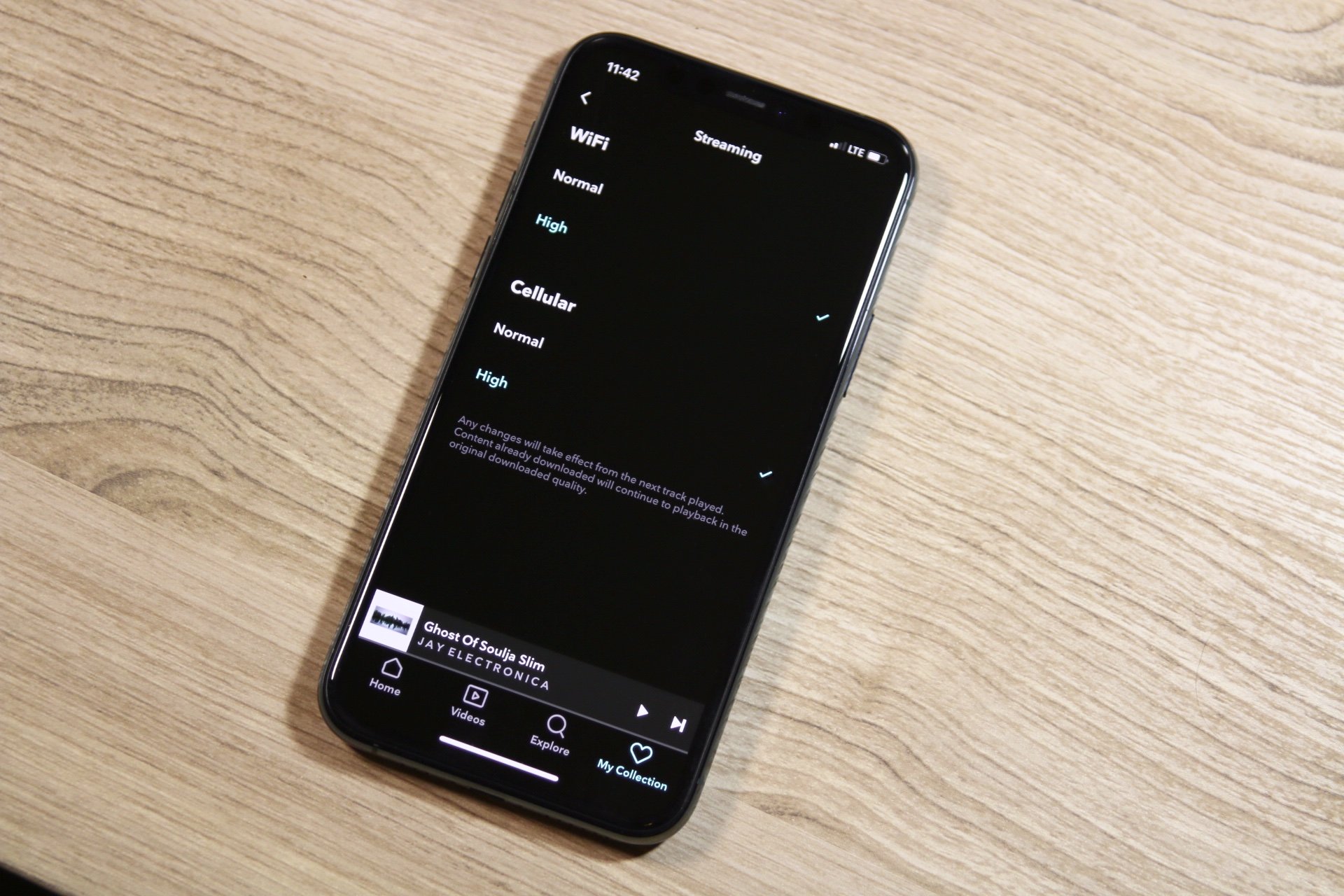
If you're an audiophile with an extensive playback setup in your home, then there's no real choice here. Spotify's audio playback is capped at 320 kbps, where as that's what TIDAL's Standard plan starts at. Those who want to get more out of their music will likely move to the HiFi plan, which brings lossless High Fidelity playback at up to 1411 kbps.
In terms of pricing, there's not much difference there, until you start getting into the HiFi world of things. Both TIDAL and Spotify start at $9.99 per month for the standard plan, but TIDAL falls behind even before this with the lack of an ad-supported plan. Spotify, on the other hand, makes it easy for you to get listening to popular music, even if you don't have a subscription. You'll just have to deal with ads and limited track skipping.
| Header Cell - Column 0 | TIDAL Music | Spotify |
|---|---|---|
| Standard Audio Quality | 320 kbps | 160 kbps |
| HiFi Audio Quality | 1411 kbps | 320 kbps |
| Individual plan cost (per month) | $9.99 (Premium) / $19.99 (Hi-Fi Premium) | $9.99 |
| Student Plan (per month) | $4.99 / $9.99 | $4.99 |
| Military Plan (per month) | $5.99 / $11.99 | N/A |
| First Responder Plan (per month) | $5.99 / $11.99 | N/A |
| Family Plan (per month) | $14.99 (Family Premium) / $29.99 (Family Hi-Fi) | $14.99 |
But whereas TIDAL doesn't offer a way to listen to music for free, it makes up for those downfalls in other categories. Namely, TIDAL offers discounted rates for not just Students, but also Military members and First Responders. Both Spotify and TIDAL offer Student plans starting at $4.99, while Spotify gets the upper hand here. Not only will you get access to Spotify Premium at the $4.99 per month rate, but Spotify also includes ad-supported Hulu and SHOWTIME for students.
It's clear that Spotify and TIDAL go back and forth when it comes to the pricing scheme for both. And while having Military/First Responder discounts is a big win, Spotify takes the cake considering that it offers an ad-supported account that won't cost the user a dime. That gets more people "in the door" and will those users will likely stick around when it's time to sign up. Just don't expect the audio quality to blow you away.
Get the What to Watch Newsletter
The latest updates, reviews and unmissable series to watch and more!
But how do they stack up otherwise?
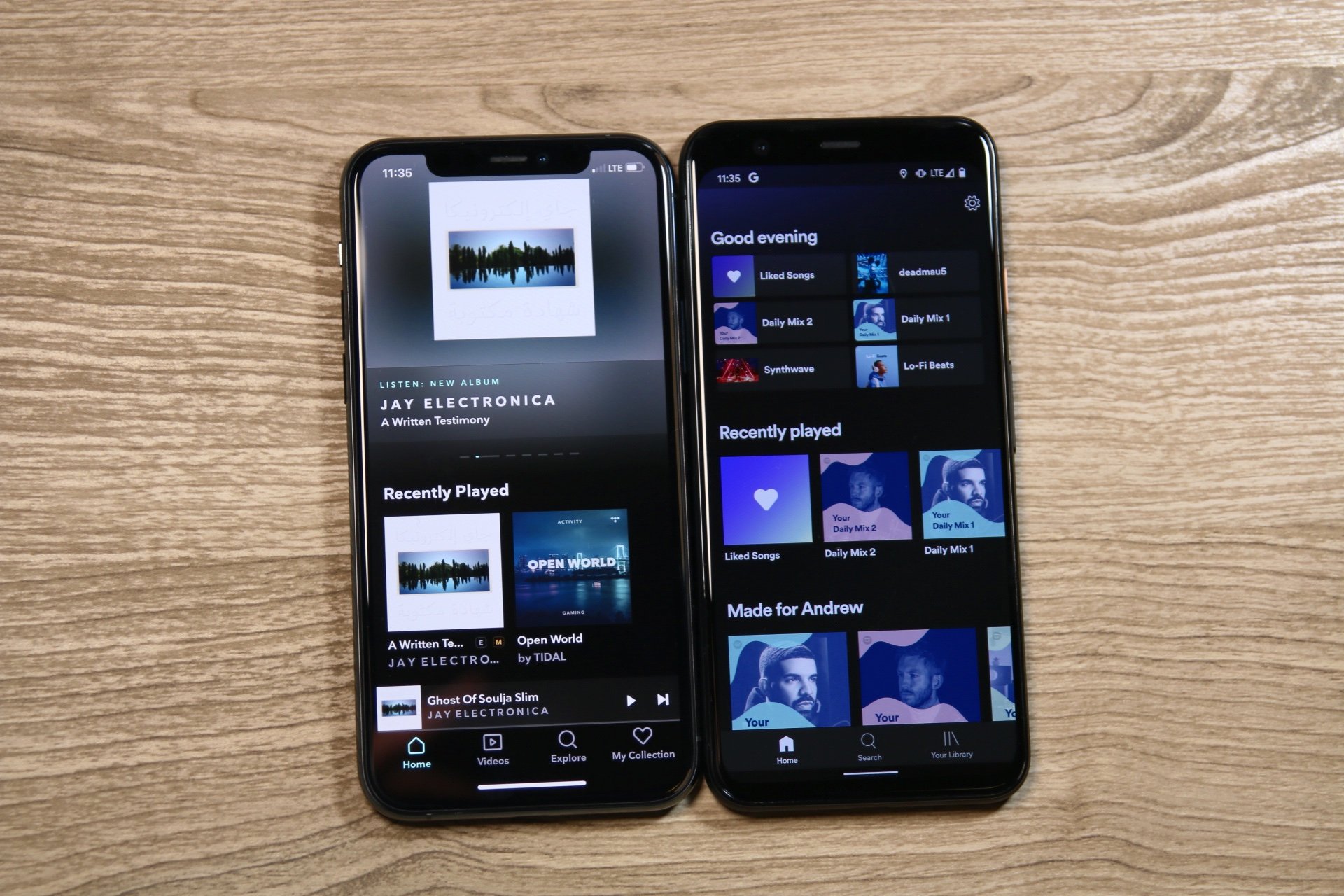
Let's be real. Nobody can listen to the enormous libraries offered by Spotify and TIDAL. So seeing that TIDAL has 10 million more songs in its library is great, but it just means that you might see a few more "lesser-known" artists in the library comparatively. Nonetheless, if this is a numbers game, then TIDAL would get the edge here.
Both streaming services are available on just about every device you own. That includes iOS, Android, macOS, Windows, Chromecast, and more. There are even web clients that you can use if you don't have the ability or opportunity to listen to your music and podcasts elsewhere.
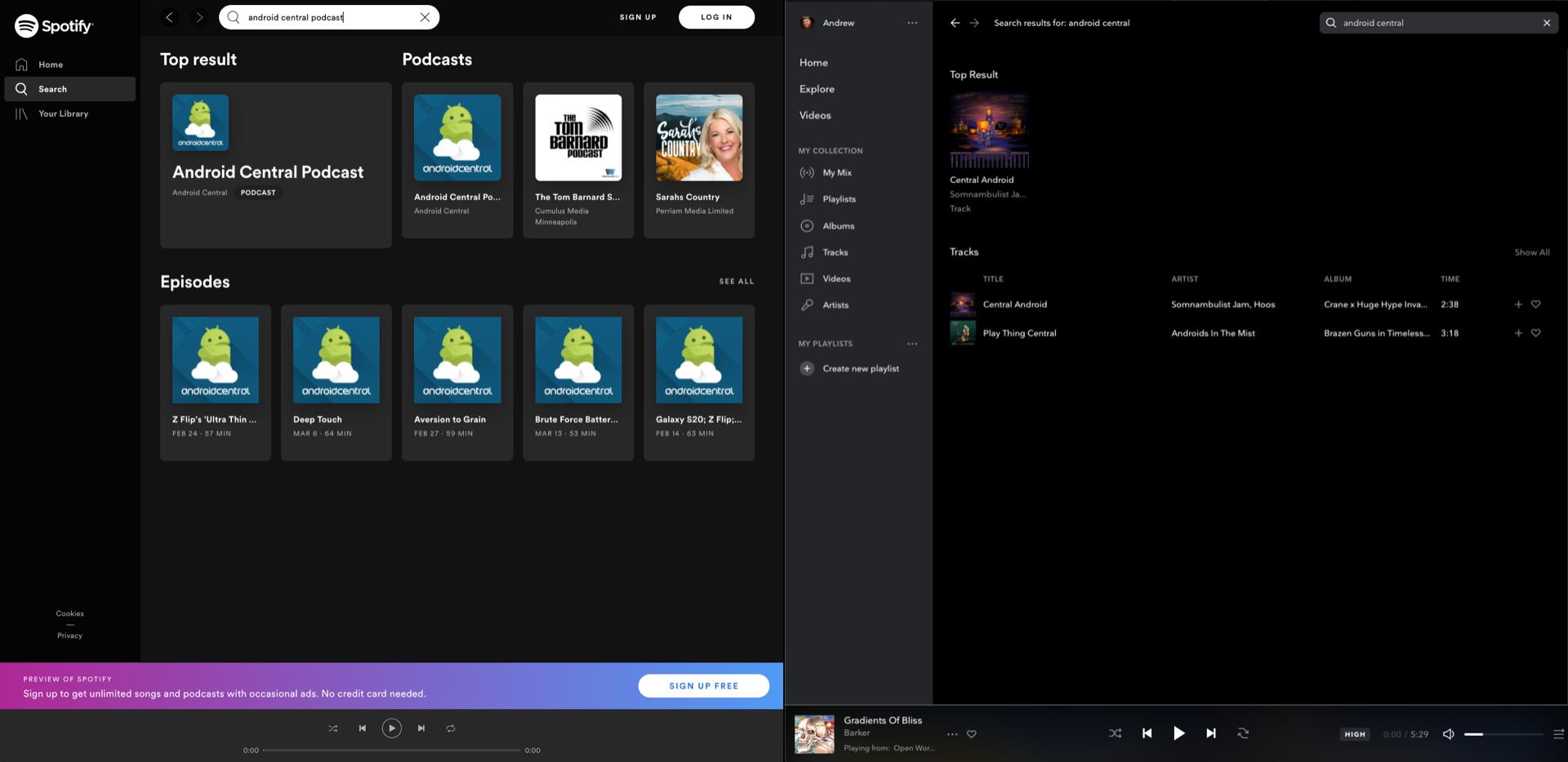
Speaking of podcasts, this is where Spotify takes a slight edge. Both services offer podcast playback, but one service is vastly different than the other. If you search for a popular podcast like the Android Central Podcast in TIDAL, you'll come up with a couple of song tracks by artists you've likely never heard of. Perform the same search on Spotify, and you can catch up on everything in the world of Android.
That's because TIDAL's podcasts are more for those who enjoy "original content". This means that you won't be able to search and use TIDAL as your all-in-one app for music and podcasts. But Spotify has been expanding more and more into the podcast space in hopes to removing the need for you to have two apps to listen to media.
| Header Cell - Column 0 | TIDAL | Spotify |
|---|---|---|
| Number of Songs | 60 million+ | 50 million+ |
| Max Audio Quality | 1411 kbps | 320 kbps |
| Android App | Yes | Yes |
| iOS App | Yes | Yes |
| Desktop App | Yes (Mac and Windows) | Yes (Mac and Windows) |
| Web Client | Yes | Yes |
| Podcast Support | Yes | Yes |
| Google Assistant Support | Yes | Yes |
| Device Limit | Offline only: 5 devices | Offline only: 3 devices |
| Music Videos | Yes | Yes |
| Lyrics | N/A | Limited (via Genius) |
| Free services | No | Yes (w/ ads) |
| Individual Plan (per month) | $9.99 (Premium) / $19.99 (Hi-Fi Premium) | $9.99 |
| Student Plan (per month) | $4.99 / $9.99 | $4.99 |
| Military Plan (per month) | $5.99 / $11.99 | No |
| First Responder Plan (per month) | $5.99 / $11.99 | No |
| Family Plan (per month) | $14.99 (Family Premium) / $29.99 (Family Hi-Fi) | $14.99 |
In doing the research for this comparison, we signed up for both TIDAL and Spotify, while downloading all of the accompanying apps to see how they ran. As noted above, these streaming services are available on just about every platform you can think of, so it wasn't really difficult.
The frustration began to surface, however, when attempting to use the TIDAL app for macOS. On the latest stable version of macOS Catalina, the TIDAL app continued to crash randomly, would completely freeze and become un-responsive, and was just frustrating overall. This could obviously be a sore spot for some, but you can do what we did and just fire up TIDAL in your browser of choice and play along.
There is one rather major difference between TIDAL and Spotify for those who need to use the web client. TIDAL works in every browser that we tested, including Safari, Chrome, Edge, and Firefox. You are provided with access to all of your playlists, and it acts almost as though it's a native app.
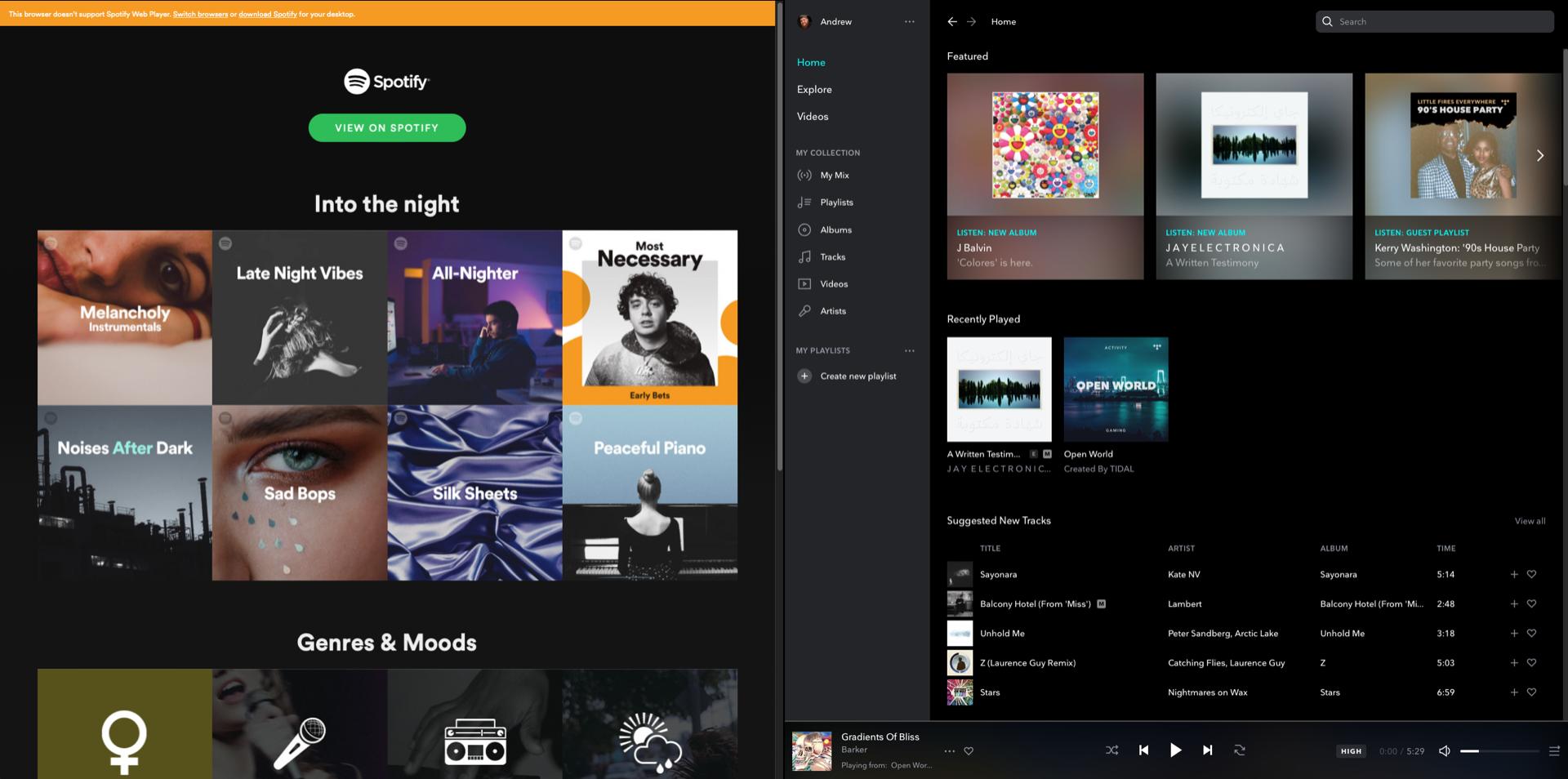
Spotify, on the other hand, gave us some limitations when using Safari. At the top of the web page, there's an error message stating "This browser doesn't support Spotify Web Player. Switch browsers or download Spotify for your desktop." And although you might think that you can open one of the listed genres or playlists, doing so will only let you play a 30-second clip of whatever songs are listed. As someone who primarily operates in Safari on the Mac, this is just a head-scratching decision.
A little competition never hurt anyone
The battle between TIDAL and Spotify won't end until one of these competitors "give up" which isn't happening anytime soon. They both have a market that is properly served, although it seems that Spotify's demographic is much larger. But really, the best part is that there's nothing bad about competition, as it just forces the companies to continue bringing new features to its users.

For the audiophiles
TIDAL is designed with those who enjoy high-quality audio in mind.
TIDAL is great with its HiFi audio playback rate (1411 kbps) and unique platform for showcasing artists. But there's just not enough there in the overall experience to keep everyone else from jumping ship.

For everyone else
Spotify caters to everyone who enjoys listening to music or podcasts.
Despite not offering certain discounts, Spotify makes up for it with "Made for" mixes, superb student plans, and more. Plus, it's easy to "get in the door" with the ad-supported accounts that still give you access to your favorite songs.











